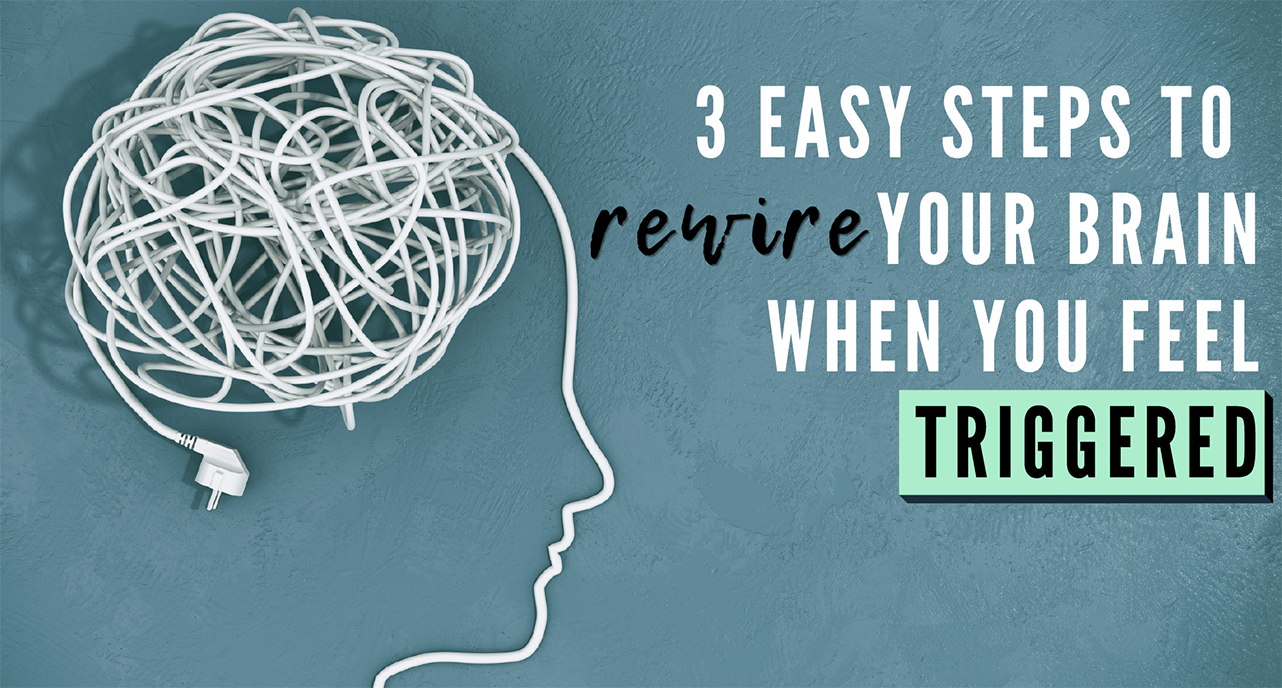Power causes brain damage.
If you’ve ever had a former friend get promoted then develop a case of colleague amnesia, you know this to be true. Or, if you saw the sorry, not sorry, congressional hearing of now-former Wells Fargo CEO John Stumpf for failing to stop some 5,000 employees from setting up phony accounts for customers, you’ve seen it in living color.
At times like these, you may wonder, “What was going through his head?” Research suggests that the better question may be: “What wasn’t going through it?” Historian Henry Adams described power as “a sort of tumor that ends by killing the victim’s sympathies.” According to research by Dacher Keltner, a psychology professor at UC Berkeley, that’s not far from the truth.
My friend and CEE Co-Founder, Dr. Tony Baron, and I flew to Berkeley in the fall of 2016 to pay a visit to Professor Keltner, who had just published a book called The Power Paradox. Using MRIs to study the brain, Keltner and his students found that when a person experiences power, the brain gets a little surge of dopamine — the neurotransmitter associated with pleasure, love, addiction, and psychotic behavior.
The paradox, Keltner found, is that dopamine can also suppress our ability to empathize. That’s not good news for the people we’re supposed to be leading. (Read more about Professor Keltner’s findings here.)
Dr. Baron and I also reviewed what Daniel Goleman, author of Emotional Intelligence, refers to as the “amygdala hijack”. If you’ve ever experience road rage, you’re familiar with this phenomenon. Here’s a simplified breakdown of how the amygdala hijack works.
Our brains are made up of three parts. The first and oldest is the brain stem. It’s responsible for the body’s basic operating functions like breathing and heartbeat. Next, comes the limbic system where the amygdalae are located. The amygdalae activate during times of stress. They are responsible for “fight or flight” responses that have helped keep us from over processing things since the days when cavemen crossed paths with saber-toothed tigers. Over the limbic system is the neocortex, which is responsible for logic and reason.
When the amygdalae are triggered by stress, they race into action. First, they signal the brain stem to release adrenaline and cortisol through the body. The heart beats faster, blood pressure rises, and breathing accelerates. Next, the amygdalae shut down the flow of blood to the neocortex, because using logic and reasoning could cause you to delay jumping into immediate action.
That’s the amygdala hijack. And though we’ve evolved from living in caves to condos, our brains don’t know the difference between a saber-tooth and a distracted driver. When someone cuts us off in traffic, we can lose the ability to reason. Our focus narrows, and all we can think is “I’m right and she’s wrong!”
We get triggered the same way when we are in a stressful meeting, or even when we replay memories of stressful events. Adrenaline and cortisol flood the body. What’s worse is that these stress hormones can stay in the body for up to 4 hours, which is why we may stay amped up long after the stressful situation has passed. There’s a term for that effect too – the amygdala hangover.
So, is there anything that we can do to avoid an amygdala hijack? Fortunately, yes.
1. Recognize when you are triggered.
If you get easily triggered at work, especially when you’re in meetings with the same people each week, this is an excellent opportunity to practice avoiding an amygdala hijack. You might start by going to the meeting, getting upset, staying upset for a day or two before you realize that you were triggered. The next week, you go to the meeting, get upset, and stay that way until you get home that evening before you recognize that you’ve been triggered. The next week, you’re in the meeting and you start to feel your chest tighten and your blood pressure rise just before you get upset. You may still get upset, but you notice what’s happening in your body in the moment. Progress!
2. Fire up your neocortex.
Once you can recognize that you are being triggered in the moment, you can move to Step 2. Thomas Jefferson once said that if you get mad, count to 10. If you get really mad, count to 100. This sounds simplistic, but it actually has the effect that you need to counter an amygdala hijack. When you count, you re-engage the neocortex that was shut off just seconds ago. Counting will give you the ability to re-access logic and will build the distance you need to see things more clearly.
3. Switch your attention.
Take long, intentional breaths. Again, this sounds simplistic, but when you bring your attention repeatedly to each breath as you have it, you activate the parasympathetic system. That’s the part of your nervous system responsible for “rest and digest.” Taking deep, mindful breaths will have the net result of bringing you back into a calm state.
Recognize when you are triggered, reconnect with your neocortex, and take slow, deep breaths to find the path back to a calm state. Doing so over time will form new neural pathways to re-take control of your brain.
Question: When was the last time you got upset? Did you blame others for your response, or did you recognize that you were triggered?
Driven by the premise that excellence is the result of aligning people, purpose and performance, Center for Executive Excellence facilitates training in leading self, leading teams and leading organizations. To learn more, subscribe to receive CEE News!




